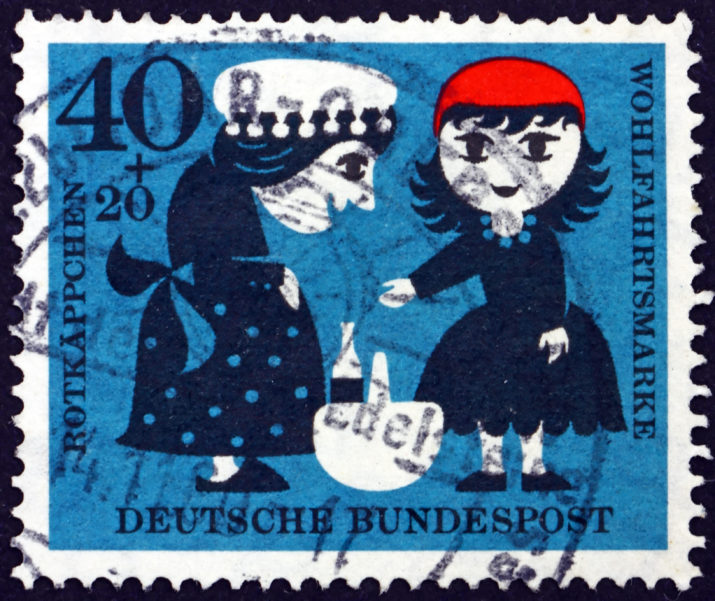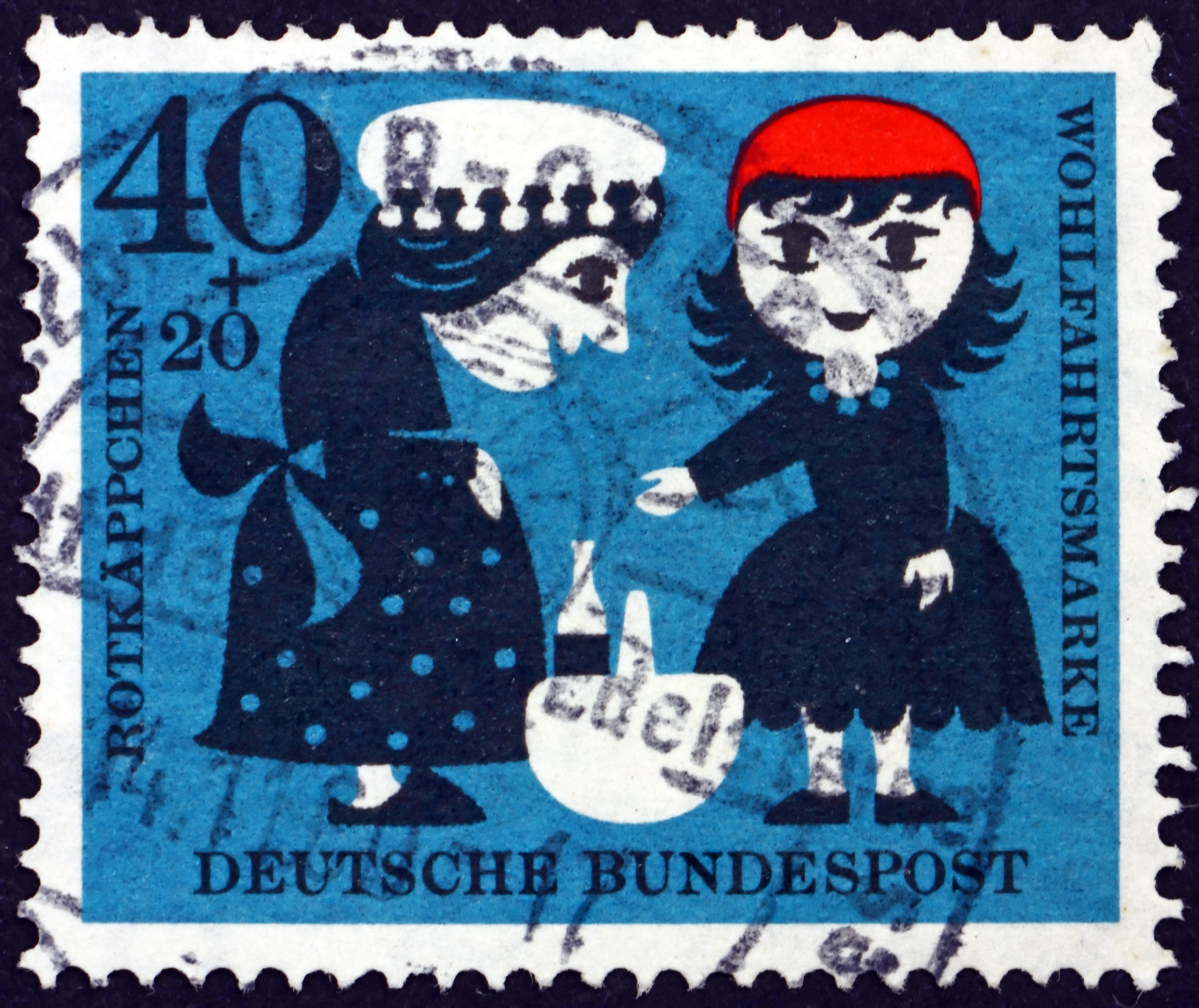
From the Well to the Internet: Alternative Modes of Education by Women through History

This is part of our Campus Spotlight on Appalachian State University.
This is part of our special feature, Me Who? The Audibility of a Social Movement.
What does it mean to be educated or to have an education? Does it mean having influence, power, and knowledge? There are certainly many benefits―material and otherwise―to having an education, but throughout history, one particular group has been excluded from the ranks of the “educated:” women. Yet, despite this exclusion, in many places, women have managed to create their own modes of education that operate outside of traditional patriarchal forms of education. To explore this trend, I define education by drawing heavily on Eli Meyerhoff’s idea of modes of education consisting of more than the traditional western idea of students in a classroom and instead encompassing “world building” techniques and ways of passing knowledge that are not linear. This article seeks to explore the ways in which women have devised to educate themselves throughout history in response to the oppression of patriarchy and the challenges they have faced doing do. I focus mainly on Eurocentric modes of education and history, although education varies widely across cultures.
Fairytales and gossip
A basic and ancestral method for transmitting knowledge is storytelling. Humans have a rich history of oral tradition, yet not all stories are created equal. Some types of stories are considered frivolous, while others are considered literature. Why is a fictional story told by Plato considered more academically valuable than the collection of stories compiled by the Grimm brothers? Certainly, both are from the past and contain valuable lessons, but why does the designation “fairytale” immediately invoke notions of frivolity? Think about who told you your first fairy tale. Was it a woman, your mother, or grandmother perhaps? Women have been telling the children under their care stories since there was language to tell stories. In her book From the Beast to the Blond, Marina Warner traces the evolution of the fairytale from riveting artful tales told largely during the repetitive labor of women―such as spinning thread on a distaff―to something considered frivolous and intended for children. She documents how written collections of fairytales were most often “created” by men collecting the tales from women and printing them without citing the original tellers. Warner’s analysis shows how the creation of fairytales has involved collecting ideas contributed by the listeners and the tellers over time.
As Warner points out:
It is absurd to argue that storytelling was an exclusively female activity…but it is worth trying to puzzle out in what different ways the patterns of fairy tale romancing might be drawn when women are the tellers. The pedagogical function of the wonder story deepens the sympathy between the social category women occupy and the fairy tale (21).
We see a mode of passing knowledge that is uniquely suited for female existence, developed to ease the boredom of repetitive labor and educating children. This is then co-opted by men, such as the Grimm brothers, and couched firmly in the realm of frivolous entertainment. This process exemplifies a mode of non-traditional, non-linear, and uncontrolled form of education favored by women that was systematically removed from female control and divested of its educational value.
Another disturbing trend followed the systematic dismissal of the fairytale as a legitimate literary craft. Before the advent of the printing press, at a time in which the transmission of knowledge was orally based, how better to control women than to keep them silent? The demonization of women’s speech is a well-documented tool of misogyny. For example, the idea that women should remain silent has been codified in prominent Christian religious texts and the English language has evolved to have a pejorative term for a woman that talks too much―a gossip. The term gossip was originally used in twelfth century Europe to describe a godmother or godfather, but over time it came to mean a person, usually a woman, who is a news monger or tattler (Warner 33). It seems illogical at first glance that a word that connotes respect should come to denote a negative character trait and become gendered. Warner expertly resolves this conundrum by explaining:
Gossip was perceived to be a leading element in women’s folly and in the sex’s propensity to foment riot. Yet the changes in the meaning of the word ‘gossip,’ however pejoratively weighted, illuminate the influential part of women in communicating through informal and unofficial networks, in contributing to varieties of storytelling, and in passing on their experience in narrative (Warner 33).
Expanding our definition of education past the traditional western model allows us to see that gossip constituted one more way for women to educate each other in the course of their daily lives. While gathering at the well or spinning wool, they would have also exchanged valuable information that could allow them to make wise choices and decisions about issues big and small in their lives. Considering the nature of the word “gossip” and its particular association with women illuminates how the stories told by women have been discredited as frivolity, and how their speech itself has been demonized. This in essence echoes what twenty-first century women experience. How many times has a woman’s speech been discredited because of the way it is delivered, with too much emotion or not enough? How many times has a woman’s story not been believed in favor of the story of a “rational” man? How many times has a woman with a powerful message about her life been told she is being shrill or that no one wants to hear something so unladylike? Why should speech be gendered? The policing of women’s speech is an old practice. Assigning morality to women’s self-generated educational modes has been a tool of patriarchy for controlling women. Keeping women as silent as possible by demonizing their “gossip” has kept socially conforming women ignorant by cutting them off from their richest source of knowledge: other women.
Beguines
In the thirteenth century, in the Low Countries and France, there were well-documented groups of women who resisted patriarchal religious teachings and formed their own communities: the Beguines. At the time, as gossip was becoming pejorative, the Beguines joined in religious communities where women could devote their lives to God while not retiring from the world. These communities were housed in Beguinages, where women lived communally and practiced religious contemplation. Unlike convents, beguinage structures were often not enclosed and women were not limited to them (Meyerhoff 2019). “Beguinages rejected strict enclosures and, instead, had relatively porous enclosures, which provided them with protection from the authorities, and from men in general, while allowing for their relatively freer engagement in urban life and work” (Meyerhoff 2019 114 ). This arrangement allowed women of all ages to live together and form close bonds. They were also able to teach each other, unencumbered by any control. They enjoyed intellectual and physical freedom that the majority of their contemporaries could not experience.
Beguines “endured a climate of suspicion and charges of heresy” as they were seen to threaten “patriarchal, feudal, ecclesiastical, statist and proto-capitalist relations”, in particular because they provided refuge to women who fled from societal abuse and sexual violence and who instead chose voluntary poverty to “redress the injustices created by a search for greater wealth(;)… “, thus also challenging the commercialization of life (Meyerhoff 2019, 114). At a time when control over women and their access to knowledge was tight, Beguines were an anomaly. The way in which they learned from and taught each other was seen as dangerous because it involved community-based knowledge, rather than the handing down of knowledge from the authority of the Church.
Literary clubs
As time marched on, women found less threatening ways to organize for the sake of intellectual enrichment. One of the most notable avenues women found to do this was through literary clubs. Women have been gathering in reading clubs as early as the 1760’s (Kelley 2008). These clubs emerged first in Europe and were later replicated in North America by wealthy English colonizers. At that time, formal education was reserved for those able to pay for it and many people only received the most basic form of education. There were few formally educated men and almost no formally educated women. These clubs were a way for women to access a form of intellectual stimulation in a socially acceptable way while “simultaneously, they fostered in each other the self-confidence that was crucial to the next step they took—the making of public opinion in civil society.” (Kelley 2008). Women were still excluded from holding meaningful political and economic power within society, but through these clubs they were able to harness social influence by first circulating written manuscripts and printed works when the technology later became available. In fact, the first woman to support herself financially through writing and the first American woman to write for women’s liberation, Hannah Mather Crocker, got her start writing in a literary club (Kelley 2008). Early literary clubs eventually spawned the creation of women’s colleges to fulfill the demand for a proper education amongst white, relatively wealthy American women (Kelley 2008). By the end of the nineteenth century, Smith, Mount Holyoke, Wellesley, Barnard, Radcliffe, Vassar, and Bryn Mawr Universities opened their doors with the goal of providing women with a single gender education to fulfill their educational needs (Madigan 2009, 12).
Much like the communities of Beguines in the Middle Ages, literary clubs drew heavily on the idea of community learning and collaboration. Women in these clubs were required to help stock the club libraries and participate in all the readings and conversations about them (Kelley 2008). Unlike the Beguines, however, the literary clubs and subsequent women’s colleges were not heavily persecuted, although there was push back when their members began espousing early feminist rhetoric. But the clubs and universities themselves never came under the same type of organized resistance. It could be that this is a result of the demographics within the various organizations and the degree to which they also stayed involved in conventional life. The Beguines were women from all walks of life who actively rejected the traditional roles of women, that is, marrying, having children, and being generally subservient. They removed themselves from their assigned roles and this was perceived as a threat, especially as Beguinages united women from all classes. The women involved in literary clubs were not nearly as diverse, consisting mostly of well off white women who typically remained in the traditional feminine roles assigned to them. The women that were lucky enough to be able to attend early universities were also non-threatening to the general patriarchal power structure of the time, because they were so few and generally came from a similar upper class demographic. Therefore, the push back against women’s literary clubs and women’s colleges was much less since their reach was so limited in who they brought together. Had they managed to unite across different social classes, they might have presented a much greater threat to the traditional patriarchal power structure because of their potentially wider base for resistance. Another possible avenue of theorization is that these organizations presented no threat to the power structures of the time because they were still very much of and for the status quo. This would apply more significantly to the first women’s colleges than the literary clubs because these institutions were modeled after a familiar patriarchal structure of education and were teaching women material that was conventionally thought to be appropriate to their gender. There is no danger in a woman that can sing and sew, but a woman that is encouraged to think critically about the nature of her existence is another beast entirely.
Social media
Today, one particular mode of community-based learning has emerged as a uniquely feminine-coded means of information exchange and knowledge building: social media. Just as with fairytales, the use of social media is not reserved to women and feminine-coded people, but there is evidence that women use social media at higher rates than men in the United States, with seventy-eight percent of women and only sixty-five percent of men reporting social media use (Social Media Fact Sheet). This is a statistically significant difference and we have seen the power of this differentiated usage across genders with the #MeToo movement. The movement has united women in the pursuit of ending sexual harassment and violence and spawned TIME’S UP, an organization providing legal assistance to women facing mistreatment in the workplace, and stands as an example of the power that women can harness by building collective knowledge and educating each other outside of patriarchal traditional education modes. Social media is conceptually doing much the same thing today that the Beguine communities achieved in the Middle Ages. It is bringing women together and giving them the support and knowledge, they need to critique traditional patriarchal power structures.
Women have faced all types of push back on social media.
“The online harassment of women, sometimes called cybersexism or cybermisogyny, is specifically gendered abuse targeted at women and girls online. It incorporates sexism, racism, religious prejudice, homophobia and transphobia. The purpose of harassment differs with every incidence, but usually includes wanting to embarrass, humiliate, scare, threaten, silence, extort or, in some instances, encourages mob attacks or malevolent engagements” (Online Abuse 101)
This harassment is similar to what the Beguines suffered when they were called heretics, and to what women in general face when branded as gossipers. All three instances constitute forms of gendered abuse meant to control what women do and say, preventing them from exchanging knowledge and from acting and speaking in their own voices.
History shows that in spite of the many push backs, women have managed to produce and exchange knowledge among themselves outside of traditional modes of education. Attempts to control this ability have often failed. In 2016, nearly forty-two percent of all women in America held at least a bachelor’s degree (U.S. Bureau of Labor Statistics 2017). However, this does not mean that women should abandon their historical pursuit of teaching and learning outside of traditional education modes. Even the term “Bachelor’s Degree” is clearly a gendered term and just one more piece of evidence that the traditional education system has not been built for women. Will the inclusion of women into a system that was not meant for them force them to change or will the traditional patriarchal system change? We can only hope that women will contribute to changing the education system into something more equitable by finding ways to move through it that subvert the traditional model of education and create new pathways to learning.
Lillian Livermore is a current political science undergraduate student at Appalachian State University in Boone, North Carolina.
References
“A look at women’s education and earnings since the 1970s” Bureau of Labor Statistics. December 27, 2017.https://www.bls.gov/opub/ted/2017/a-look-at-womens-education-and-earnings-since-the-1970s.htm
“Online Abuse 101” Women’s Media Center. Accessed December 10, 2019. http://www.womensmediacenter.com/speech-project/online-abuse-101
“Safe Fair and Dignified Work for Women of all Kinds” TIME’S UP foundation. Accessed December 10, 2019. https://timesupfoundation.org/about/
“Social Media Fact Sheet” Pew Research Center. Accessed December 10, 2019. https://www.pewresearch.org/internet/fact-sheet/social-media/
Madigan, Jennifer C. “The Education of Girls and Women in the United States, A Historical Perspective,” Montgomery Center for Research in Child and Adolescent Development no. 1 (2009)
“Hannah Mather Crocker,” Masonic Biographies. Accessed December 9, 2019. N https://www.universalfreemasonry.org/en/famous-freemasons/hannah-mather-crocker
Kelley, Mary, Omohundro Institute of Early American History & Culture, and University of North Carolina Press. Learning to Stand and Speak : Women, Education, and Public Life in America’s Republic. Published for the Omohundro Institute of Early American History and Culture, Williamsburg, Virginia. Chapel Hill: Omohundro Institute and University of North Carolina Press, 2008.
Meyerhoff, Eli. Beyond Education Radical Studying for Another World. Minneapolis: University of Minnesota Press, 2019.
Warner, Marina. From the Beast to the Blonde, on Fairy Tales and Their Tellers. New York: Farrar, Straus, and Giroux, 1995.
Photo: ZAGREB, CROATIA – NOVEMBER 24, 2019: a stamp printed in the Germany shows Little Red Riding Hood and Grandma, Scene from Little Red Riding Hood, circa 1960
Published on March 10, 2020.




